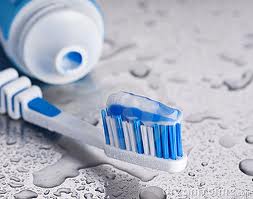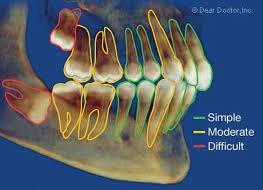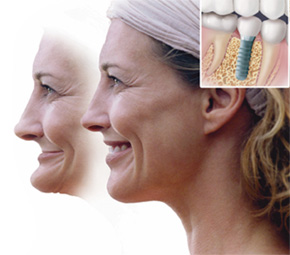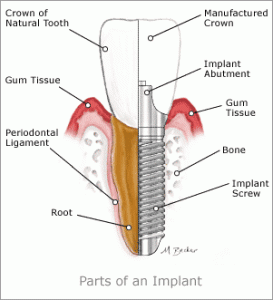 There is no better way to boost your self-confidence that adds a spark to your personality than a charming smile. At The Right Smile Center, we can give you that.
There is no better way to boost your self-confidence that adds a spark to your personality than a charming smile. At The Right Smile Center, we can give you that.
If you have any sort of a smile defect such as gaps between teeth, crooked teeth, gummy smile, protruding teeth, stained teeth, chipped teeth, artificial looking crowns or any problem which makes you self-conscious while talking or smiling, The Right Smile Center has an expert panel of aesthetic dentists to help you. All aesthetic defects are treated and corrected using various solutions such as veneers, bonding, tooth and gum contouring, etc., to shape and enhance your smile.
Your smile makes the first impression on everyone you meet. A radiant smile will do much more than just cosmetic make ups or a new hair style to enhance your personality. It will boost your personality and literally change your life! If you would like to experience the magic of a dazzling but natural smile, book your appointment today and stand out from the rest.
A state-of the-art dental practice in the heart of Sandy Springs founded in 1992.
The Right Smile Center offers hi-tech, quality cosmetic and family dentistry in a friendly and comfortable environment. We pride ourselves on our clinical excellence offered with unparalleled customer service.
Our cosmetic dentist Dr. Novy Scheinfeld is one of American’s Top Cosmetic Dentists in the country. Dr. Scheinfeld is an Emory University trained prosthodontist, one of only 3200 out 170,000 dentists in the country. Dr. Scheinfeld has treated CNN broadcasters, professional sports players, music artists like Stevie Nicks and dentists in the surrounding area.
Among our services, we offer in-house Endodontics and implant placement from Drs. Hanna Orland and ZoAnna Bock. Celebrity or not, if you want to solve a problem or create a new more natural smile, we are confident that we can help.
Novy Scheinfeld, DDS, PC
ZoAnna Bock, MS, DMD
Hanna Orland, DMD
290 Carpenter Drive, 200A
Atlanta (Sandy Springs), GA 30328
404-256-3620
and
3781 Chamblee Dunwoody Road
Chamblee, GA 30341
770-455-6076
Related articles
- Sandy Springs Dentist: A Beautiful Smile by a Prosthodontist Is Priceless (therightsmile.wordpress.com)
- Sandy Springs Dental: What is a Prosthodontic Dentist? (therightsmile.wordpress.com)
- Top Sandy Springs Prosthodontist – Novy Scheinfeld, DDS (therightsmile.wordpress.com)
- Metro Atlanta Dentist Reviews by NationalDentalReviews.org (therightsmile.wordpress.com)
- Sandy Spring’s Top Dentist – ADA Sanctioned Prosthodontist (therightsmile.wordpress.com)










